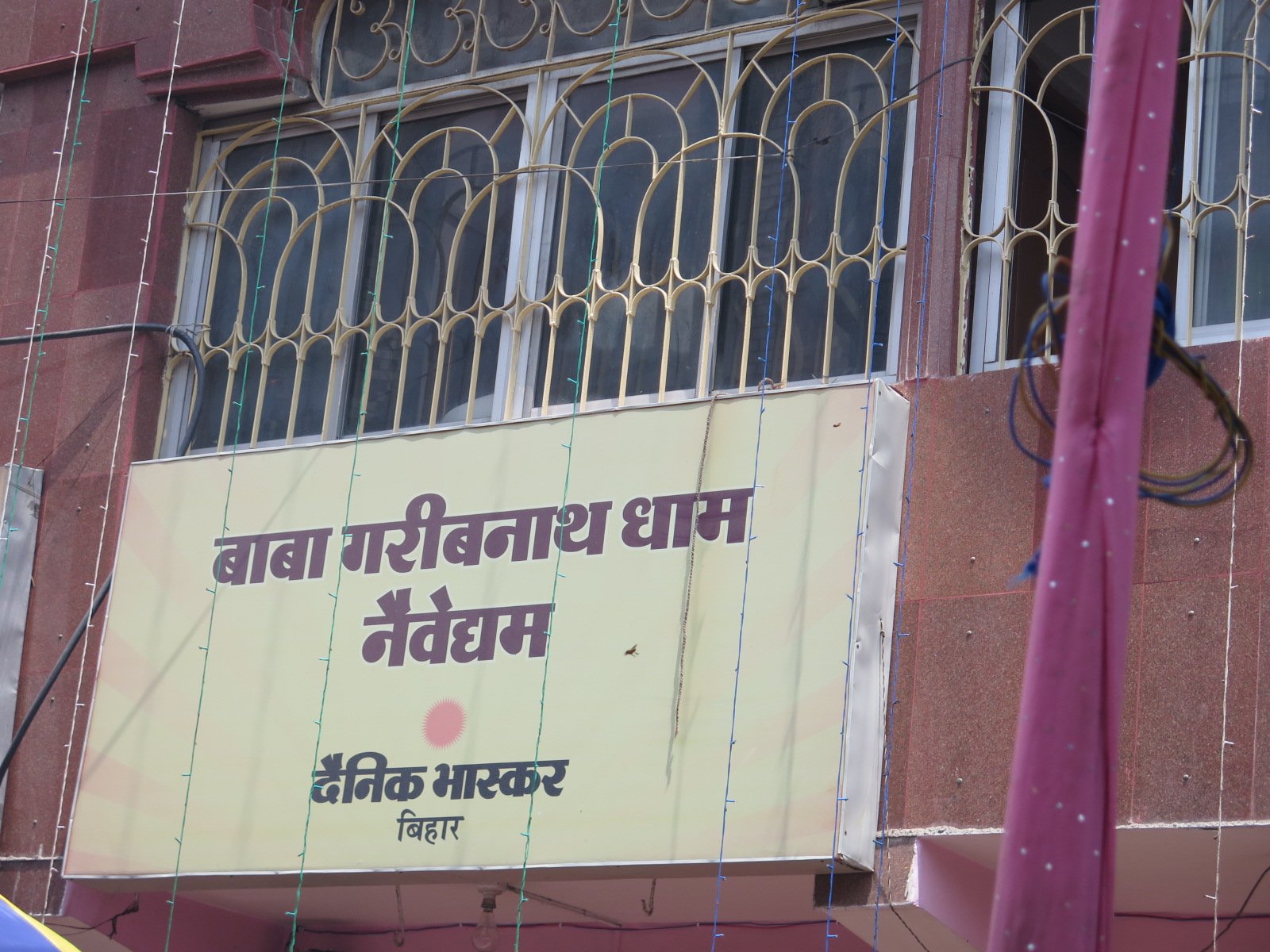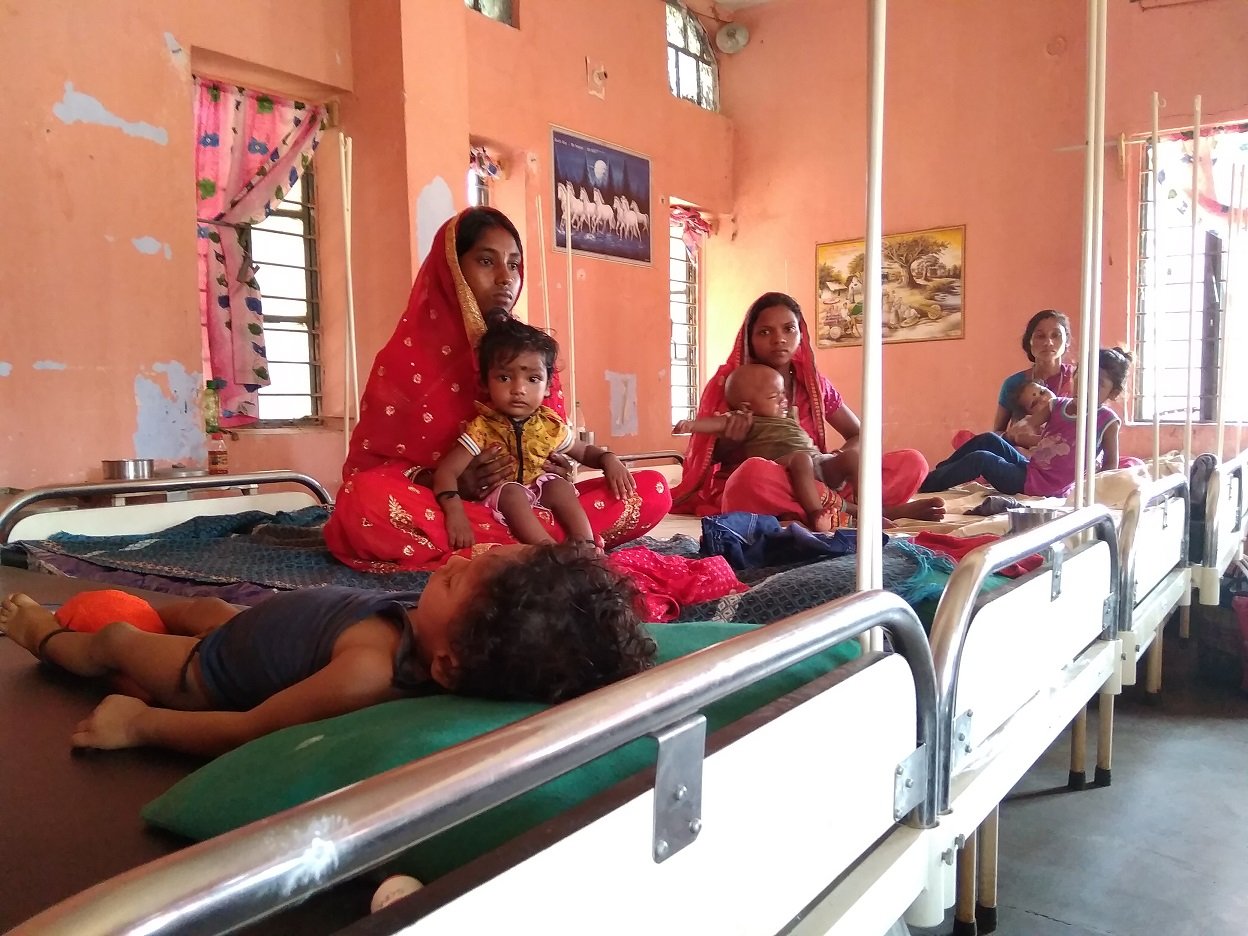There is a road commemorating Muhammad Ali Jauhar which runs right through the campus of Jamia Millia Islamia, bisecting it into two nearly equal halves. MMAJ Marg, as it is officially known, connects Jamia Nagar with the posh New Friends Colony, and further with the other areas of Delhi via the Outer Ring Road. The students of Jamia Millia can be seen crossing this road day in and day out to access one part or the other of the university campus.
Last week, as I was walking on this road, I saw a few bikes littered near one of the gates of the campus, with six or seven men on and around them. Just a few moments later, almost the same number of men arrived on the scene and the two groups entered a heated argument that was going to escalate to a fist fight soon, or so it seemed. At around the same time, four to five security guards stationed on the various gates of the university campus reached the spot. What was interesting to me was that the security guards stood at a short distance and began inquiring from a passerby if the men in question were university students. Luckily, just moments later, the argument ended as an argument and both the parties vanished from the scene.
Having spent six years on two different university campuses, this was not the first time I had seen security staff of a university reluctant to involve themselves in a ‘scene’ outside the campus gates. It is a matter of jurisdiction, I have always told myself. The security staff accounts for what happens on or inside the gates, and not outside them. It is like sovereignty. They can’t get involved in issues of other nations.
The other side of this equation is also true, perhaps. Exactly two years ago, Jamia students alleged that Delhi Police entered and raided their hostels. Later it turned out that a few armed people in civic clothes had entered the hostels and asked students random questions. The facts, as often happen, never came to light. What was announced loud and clear, however, was that students relentlessly protested for days against what they termed as the “objectionable” presence of the state police inside the campus.
If one would go further into the past, just a few months before this incident, Delhi Police had a really hard time arresting Umar Khalid and Anirban Bhattacharya inside the Jawaharlal Nehru University campus after the students in question said: “we are on the campus and if the police wants, they can come and arrest us.” As it turned out, Delhi Police was apprehensive of sending a team inside for the fear of retaliation and escalation from the students present near the admin block. More than that, it was also reported that the JNU Vice-Chancellor had not “permitted” them to enter the campus after the police presence on campus a few days before had been condemned by academics and activists worldwide. Who would take Umar and Anirban from inside the University campus to the police vehicles stationed just outside the campus and how that would be done became a contentious issue.
Legally, as per Section 41 of the Criminal Procedure Code, a police officer can enter any college and university to arrest a person. At the same time, it is compelling upon the university administration to help the state authorities in this procedure. What was then going on these cases?
This takes one back to the notion of a university, especially a campus university, as upholding the dominant state ideology through its curriculum on the one hand, and the notion of a university as an autonomous and even anarchic “free space” on the other hand, where ideology itself is questioned, examined, and refashioned. Any intrusion of the apparent coercive and ideological state apparatus on the campus is, as such, necessarily seen with suspicion. The changes in syllabi, curricula, courses, faculties, administrations of universities in the past few years can be seen as an example of a certain kind of state making inroads into the University using ideological state apparatus. Coercive state apparatus, as is often the case, is much too visible. One only needs to spot a man in uniform or even an armed man in civies.
This is the reason why even when it is perfectly “legal” for state authorities like police to enter a university campus, they hardly ever do so. It is more of an anticipation of retaliation from the students that stops them at the university gates. In March 1971, for example, when the Pakistani Army entered Dacca University and unleashed a massacre there, it sent shockwaves across what was then East Pakistan and throughout the world. It goes almost unchallenged that this was the most decisive moment for the Bangladesh Liberation War. In 2017, along somewhat similar lines though incomparable in terms of magnitude, J&K Police entered a college of Kashmir University in Pulwama which triggered off a wave of protests by students in uniforms who fought pitched stone battles with police everywhere in the valley for months to come. What started off simply as a protest against police “high handedness” soon threatened the very idea of a state in Kashmir.
To put it rather plainly, it is students of a university campus who constitute and protect the autonomy of that space, in its very nascent form. On the other hand, it is precisely for these reasons that the state is trying its best to make inroads into this space. The University Grants Commission’s Safety Guidelines for university campuses issued in 2016 were a prime example of the same. For at one end, a university is seen as an important force in the nation-building process, and on the other end, it is seen as something quite capable of shaking the same state or those in power, and it is precisely this tension that stops the state policemen from entering a university campus.
(This article is the first of a series titled ‘What Is A University Campus?’ by the author. Please follow this space for more.)
_
Image source: Burhaan Kinu/Hindustan Times via Getty
The post What Stops The State Police From Entering A University Campus? appeared first and originally on Youth Ki Awaaz and is a copyright of the same. Please do not republish.














 Seema Anand, the author of the book
Seema Anand, the author of the book 















